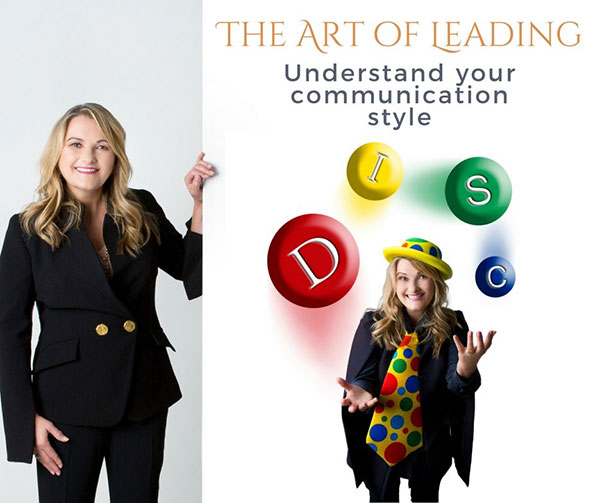Login
Join
Contact
-
-

How are you likely to act?
What you believe doesn’t make you a better person, the way you behave does.’
By Catherine Molloy

Understanding who you are and how you behave in various situations will change the way you communicate, engage and shake hands with others, leading to winning results for everyone involved. Do you sometimes feel people just don’t get you? Or you don’t like working with someone, or their mood brings you down? Are you always happy? Or do you often feel negative and wish you knew why?
Everyone is unique, there is no question about that, but each of us has behavioural traits in common with other humans. Some of us like being the centre of attention, while others prefer to work alone. We are all born with our preferred behaviour and we learn and adapt to other
behavioural styles during our lives.
By understanding ourselves better we can connect with our passions and strengths, and acknowledge our weaknesses and find ways to work with them. Most negative behaviour patterns come from not being conscious of how you are affecting yourself and others. By working with our strengths and developing them, we can make life more rewarding, less frustrating and much more fun personally and professionally. This way we can connect with people around us, leading to more harmonious and pleasing results. Knowing your behaviour style is the key to understanding your own reactions and how to meet your own needs and the needs of others.
Understanding behavioural styles also has an impact on our leadership style, sales and service. We should always aim to provide the best customer service and we can do this by understanding our client’s/staff behaviour profile.
Use this knowledge to tailor the service to suit them. For example, we might see that the customer wants to take their time and ask lots of questions about the product. Or they might be the type of person who knows exactly what they need and doesn’t want to stand around talking. If we understand that this is their behavioural style and we can meet their needs accordingly.
DO YOU WANT TO KNOW MORE ABOUT WHAT MAKES YOU, YOU?
To answer this question, we’ll start by looking at how we are likely to behave in all sorts of situations. The DISC behaviour profile will help us do this.
Step back in time to 1928, when psychologist William Moulton Marston developed a theory that centred on four behaviour traits: Dominance, Inducement, Submission and Compliance. He wrote about this research in his book Emotions of Normal People. His other work was Wonder Woman, but that is a different story. Years later, starting in 1956, an American industrial psychologist, Walter V Clarke, used Marston’s theory to develop the DISC assessment. Since then, many organisations have adapted the DISC assessment to suit the era or situation. I use my own adaptation of Clarke’s model in my work, having tailored it to suit my clients and the world as it is today.
WHY IS CREATING A BEHAVIOUR PROFILE IMPORTANT?
Understanding why and how we behave in various situations and with various people can help us to manage our actions and build better relationships. If you can identify another person’s behavioural style, you will know how to put them at ease and help them to achieve great outcomes when they work with you. The DISC profile will also help us understand ourselves a little better.
By completing the DISC behaviour profile you will gain a better understanding of how you are likely to react in all sorts of situations. In turn, this will help you to control outcomes so they are in your favour and will be better for others too.
It doesn’t matter which profile you are, there are no good or bad profiles, no right or wrong profiles. Whatever your DISC profile is, it is perfect for you.
To find out more about the key to communication, who your boss and peers are and how to communicate best with them -please send me a message on the website www.catherinemolloy.com.au and I will send you a link to a pdf for you to discover your style and others and a free recorded webinar and power points to put this information into action!
Remember - What you believe doesn’t make you a better person, the way you behave does.’
By Catherine Molloy
Catherine works internationally in the areas of business growth, customer service and leadership with communication as the overarching tool to success in these areas. Catherine developed the conscious connection framework after studying body language for over 30 years, and researching and understanding the theories behind behaviour styles. Catherine says when you take away non-verbal and verbal language globally, you are left with the raw behaviour styles of people which is fantastic, as you can sell, serve and lead anyone, anywhere in the world. Catherine’s journey in Sales began in the 1980s topping sales nationally with the Commercial Bank of Australia and Westpac Bank. She then owned and operated a successful Real Estate business, and now owns and runs an international soft-skill training company based in Australia and has just won an International Sales and Leadership award. Catherine understands the joys and difficulties of owning and running a business and understands successful teams become more effective when they are consciously communicating and having fun.
